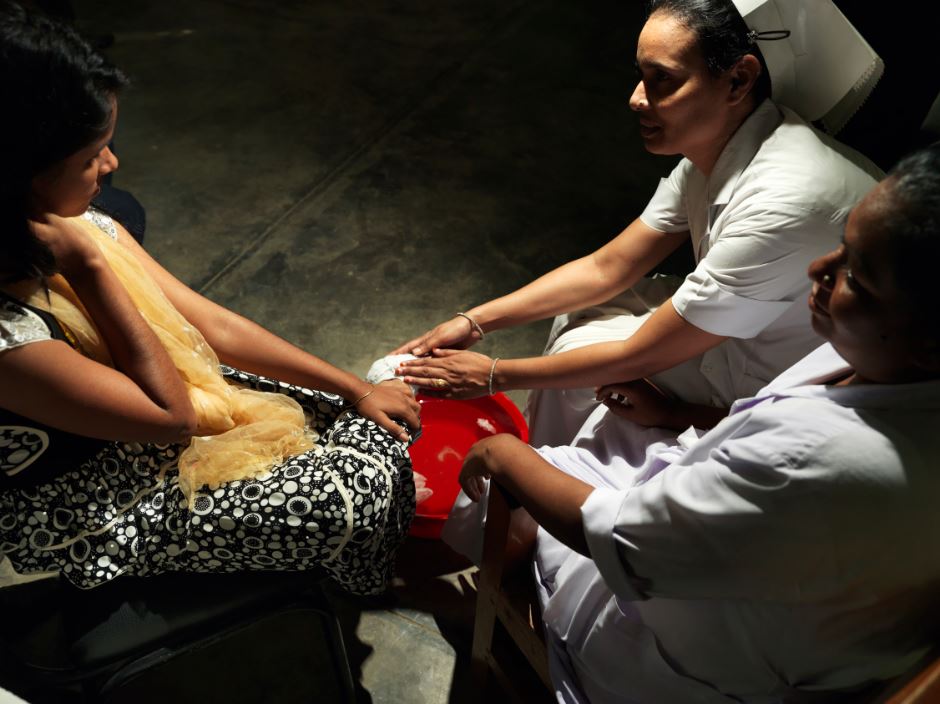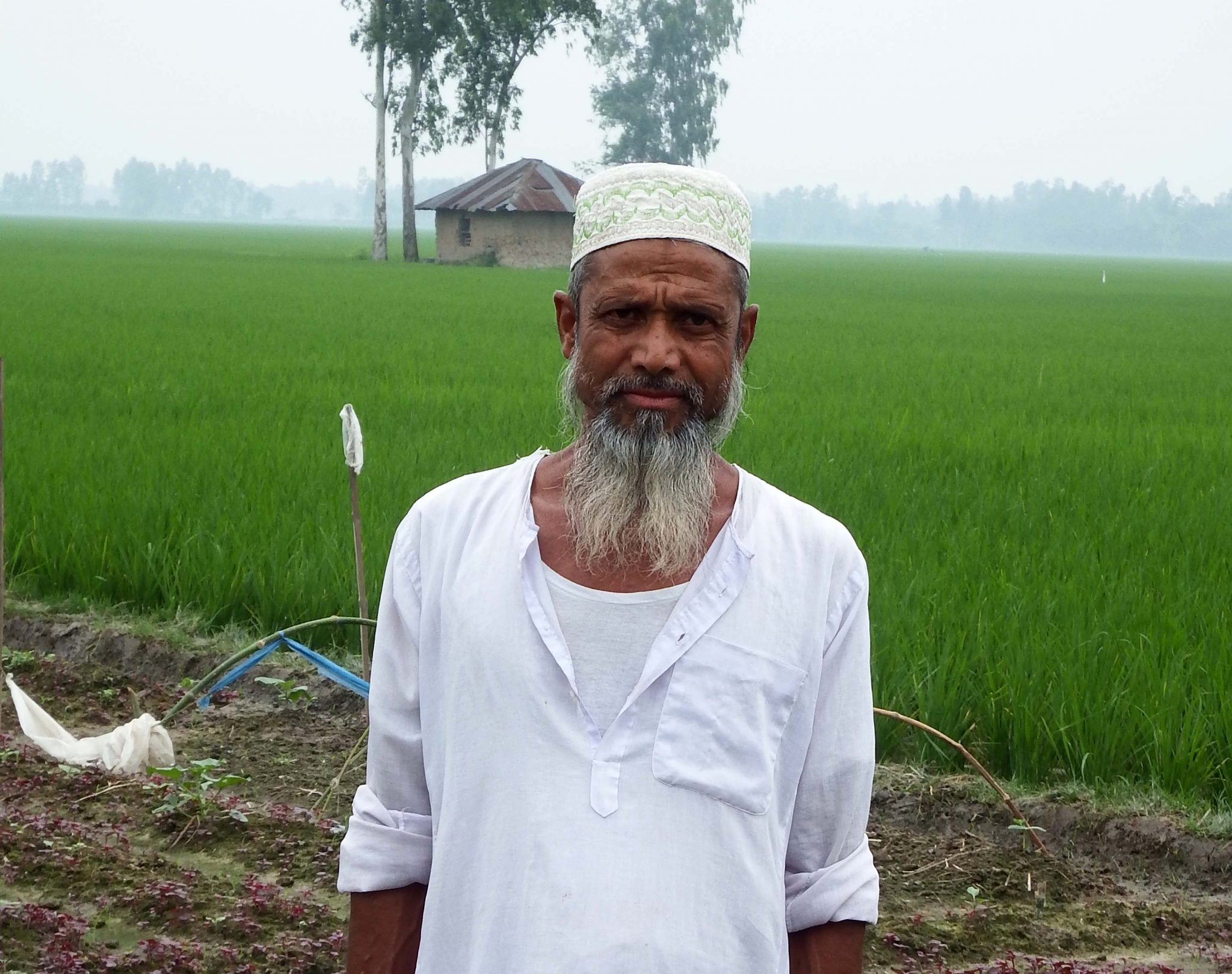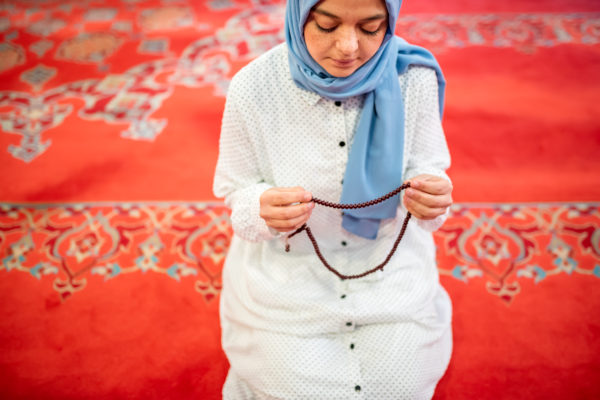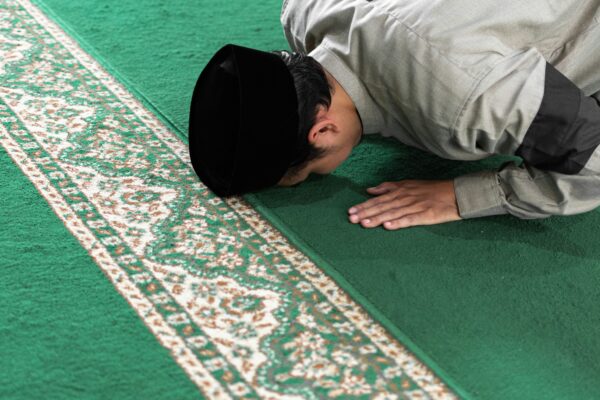In countries such as Bangladesh, where 90% of the population are Muslim, the disease affected just under 4,000 people in 2015.
In countries such as Bangladesh, where 90% of the population are Muslim, the disease affected just under 4,000 people in 2015.
In modern life, leprosy seems to be out of the spotlight in comparison to other diseases. Many people in the West believe it to have been eradicated a long time ago – but sadly this isn’t the case. It isn’t an ancient disease of the past, it still exists today and if left untreated, it ruins lives.
Over 200,000 people are diagnosed and treated for leprosy each year. It’s most prevalent in the developing world, where living conditions are poor and people struggle to access clean water and sufficient healthcare. In countries such as Bangladesh, where 90% of the population are Muslim, the disease affected just under 4,000 people in 2015.
Leprosy starts with a numb, discoloured patch on the skin, which then leads to loss of sensation in the hands and feet and muscle paralysis. In severe cases, the disease can also damage the nerves and bones in the face which can cause blindness. This causes dire consequences to people’s lives, as disabilities prevent many from earning a livelihood and they often spiral into extreme poverty as a result. But, it is the stigma surrounding the disease which causes the most heart-breaking effects, as people are shunned from their communities, abused and even disowned by their family.

The cure has been available since 1981– yet because of a lack of focus in governmental outreach to treat people, it is believed that 4 million people live with disabilities caused by this disease worldwide.
Leprosy is no longer defined as a public health problem if a country has less than one case per 10,000 people. Since 1985, 121 countries have reported that leprosy has been eliminated, including Bangladesh. However, given the vast total population sizes of these countries, it still means there are thousands of people each year who need support. Yet, as it is no longer a public health problem, there has been a decrease in funds allocated to the national leprosy programmes and consequently, it has lost its importance in comparison to other diseases.
There is very little funding and basic health advice for leprosy, which means that in rural communities in countries like Bangladesh, people’s symptoms often go unnoticed. Many people affected by the disease are also unable to access healthcare centres to receive diagnosis and treatment due to living in rural areas without adequate transport. Sadly, some people also avoid treatment as they fear diagnosis due the horrendous stigma which accompanies this disease.
In Bangladesh, the combination of people living below the poverty line and in extreme poverty stands at 25% of the population. The disabilities caused by leprosy contribute to this figure as it prevents many from earning a living and unable to afford the most basic of necessities to survive.
Lepra, an international charity working in Bangladesh, works to find, diagnose and treat people living with leprosy. They also work to help those living with disabilities out of poverty, teaching them how to care for their affected limbs and to reduce infections and ulceration – otherwise known as ‘self-care’.
https://www.youtube.com/watch?v=S5OAPTErhfw
Maartje Pronk, Programmes Officer for Bangladesh at Lepra explains why self-care is so important:
“In the rehabilitation process, self-care is vital, as it helps to reduce disabilities that prevent many from being able to take part in the most basic of activities. Self-care is practiced in groups, where volunteer staff teach people how to care for and dress their ulcers and injuries properly and they are also given self-care kits so they can practice at home. It also combats social isolation, helping many living with the effects of this disease to meet other like-minded people. This increased level of care helps many people to go back to work, retain their livelihood and escape poverty.”
Ashraf Ali lives in the Bogra district of Bangladesh. He is a father and a husband and he is also the main provider for his family. His toes are damaged and he cannot feel his feet – all because he received a late leprosy diagnosis. Although now cured of the disease, he will never regain sensation in his feet, leaving them susceptible to ulcers and infection for the rest of his life. This made it difficult for him to continue his livelihood and as a result his family began to struggle to afford food.

Because of this, he joined a Lepra self-help group, where he was provided with a self-care kit to treat his ulcers. He was so inspired by this activity that he decided he wanted to help others by passing on his knowledge to people affected by leprosy to enable them to care for their disabilities and improve their quality of life.
Ashraf Ali then acquired a small loan to rent a fertile area in the middle of a paddy field where he cultivated a vegetable growing business. His business is doing well and he is hugely proud of his achievements. His total income has increased by 35% and he can now provide for his family again.
Ashraf says self-care has changed his life:
“I am so happy now with the group. I have the confidence to learn new skills and I’m encouraging other people to do the same.”
Last year, 4,514 people in Bangladesh received self-care training by Lepra. Because of the positive impact it has on so many people’s lives, the charity want to run even more self-care groups to improve the health standards of people affected by this disease, so they can return to work and escape poverty.
To help the 4 million people living with disabilities today, readers can support Lepra’s Ramadan appeal.
To find out more about Lepra visit their website here.





